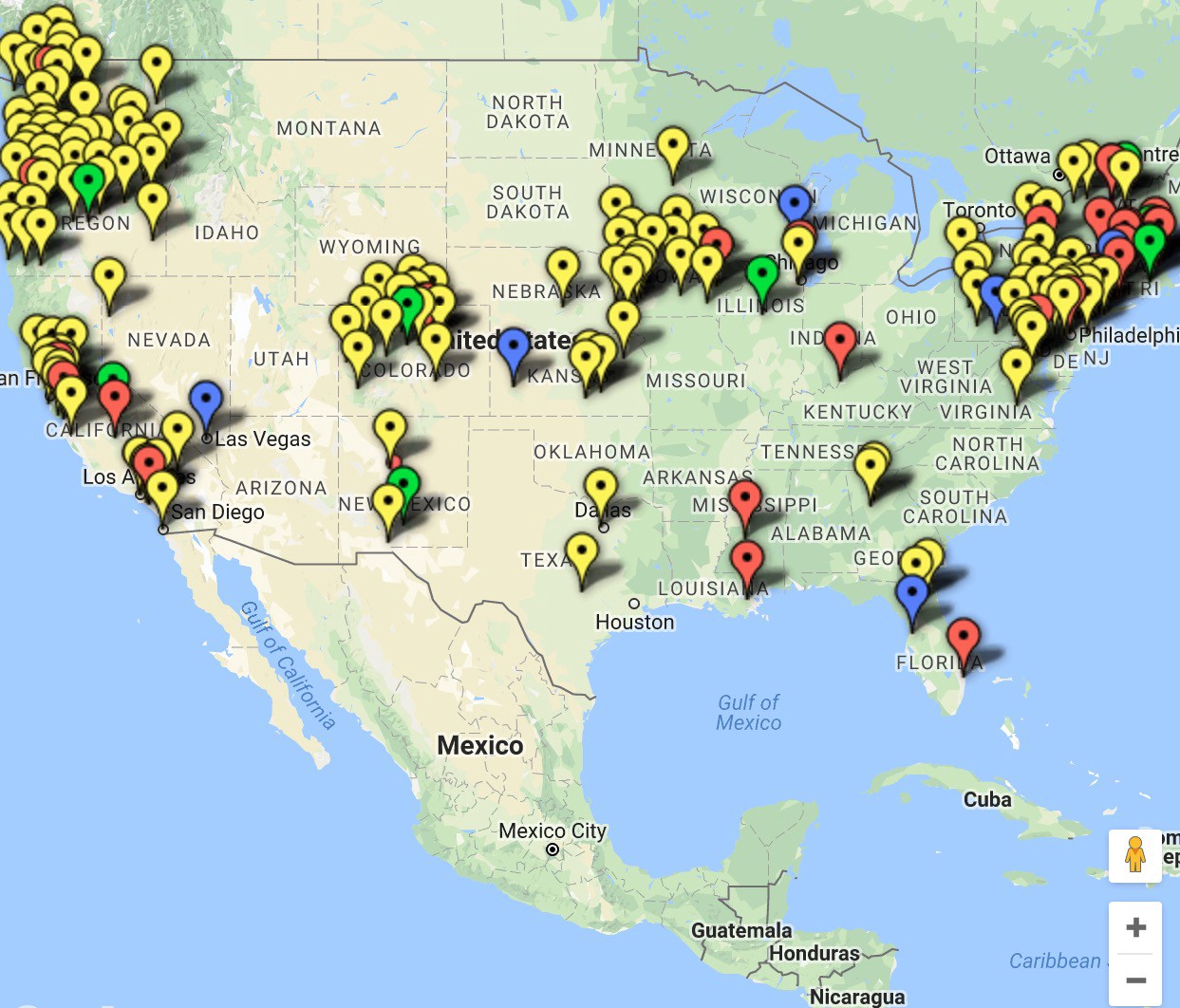LOS ANGELES/WASHINGTON (Reuters) – U.S. Republican President Donald Trump has intensified his administration’s fight in recent weeks against Democratic-led “sanctuary” jurisdictions that limit cooperation with federal immigration enforcement.
 Sanctuary cities across the U.S.
Sanctuary cities across the U.S.
The fight over whether the states and localities need to participate in Trump’s immigration crackdown comes as the president faces re-election in November and has made the issue a focus of his 2020 campaign.
Trump is now opening up new fronts in the battle against the cities, filing lawsuits and issuing subpoenas in what Attorney General William Barr called part of a “significant escalation” in the fight against uncooperative jurisdictions.
WHAT IS A SANCTUARY CITY?
The “sanctuary” movement dates back to the 1980s, when U.S. churches sheltered Central American migrants who had fled civil strife in the region and feared deportation.
The label is now generally applied to states and localities that have laws, policies or regulations that make it harder for Immigration and Customs Enforcement (ICE) to track down and arrest immigrants they believe are deportable. However, there is no official definition of a “sanctuary” and levels of cooperation vary from place to place.
One of the most high-profile “sanctuary” policies is opposition to the prolonged detention of suspected immigration law violators in state or local custody.
ICE can request that such suspects be held for up to 48 hours beyond their release time, which allows ICE officers to take the person into custody. Such requests are known as “detainers.”
The “sanctuary” movement dates back to the 1980s
